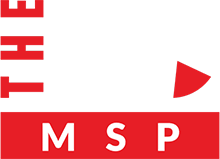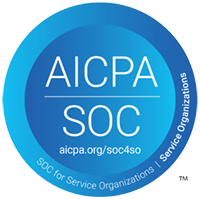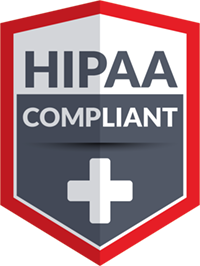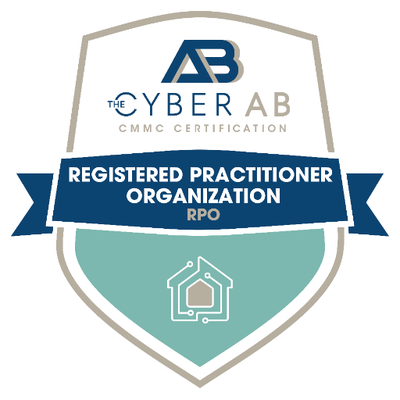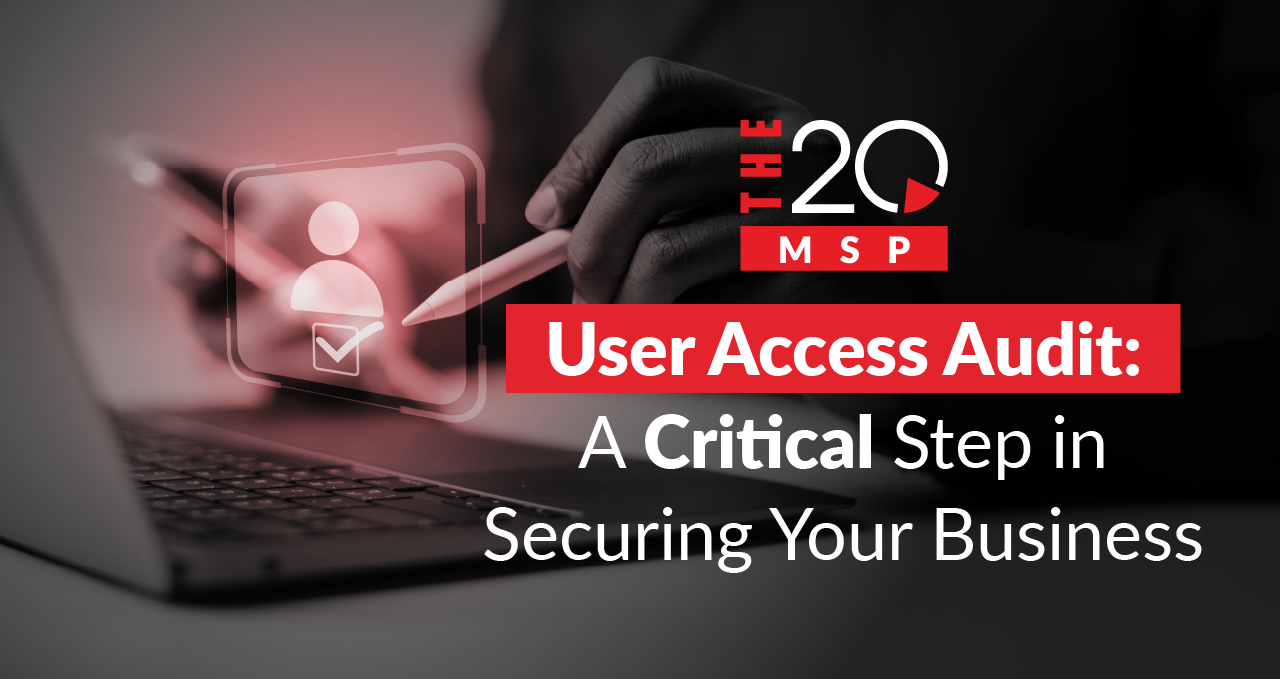
User Access Audit: A Critical Step in Securing Your Business
Your employee needs access to something. Maybe they need to install a program or log into a shared folder that requires special access. So, you give them permission.
But then…you forget to take it back.
Fast forward a few months, and suddenly Jack, Jill, Joey, and John all have full access to everything – including things they absolutely shouldn’t.
That’s when bad things happen. Like data breaches. Or files being accidentally (or intentionally) deleted. Or someone clicking a phishing link that gives hackers a free pass to your company’s most important data.
Not great.
In this post, we’ll break down how user access works, why it matters, and how something called a user access audit helps keep your business safe without needing to be a tech expert.
What Is a User Permission Exactly?
Think of permissions like keys. If your office has ten rooms, not everyone needs keys to all ten, right? Your marketing team needs access to the marketing room. Your accountant doesn’t. But they do need access to the finance room.
Permissions work the same way. They control who can open, change, or install things on your company’s systems.
Giving the wrong key – or too many keys – can open the door to big problems.
Why It Matters (Even If You’re Not a “Tech Person”)
Here’s the deal:
Around 80% of data breaches are tied to someone having access they shouldn’t.
Maybe it’s an old employee’s account that never got turned off. Maybe it’s a shared password that everyone uses (and no one ever changes.) Or maybe someone got admin rights “just for a minute” … and still has them months later.
It happens all the time.
Case in point: in 2025, a Texas Health and Human Services Commission employee with improper access was hacked. The result? Over 94,000 people (and counting) impacted.
It was preventable.
And if you work in a heavily regulated industry – like healthcare or finance – there are laws (like HIPAA, GDPR, and more) that require you to keep this stuff under control. If something goes wrong, it’s not your IT guy who’s held responsible – it’s you.
Managing access isn’t just “IT stuff.” It’s a core part of protecting your business, your clients, and your reputation.
So, What’s a User Access Audit?
A user access audit is just a fancy way of saying: “Let’s check who has access to what – and if they still need it.”>
You (or your IT provider) go through your user accounts, review what each person has access to, and remove anything that’s outdated or unnecessary.
Think of it like spring cleaning for your digital keys. If someone shouldn’t have access anymore? You take the key back.
What Usually Goes Wrong
Here are some common problems we find during audits.
- Old accounts – Someone left the company months ago, but their login still works. That’s an open door you don’t want.
- “Temporary” admin access – Someone needed full access months ago, but no one ever removed it. Now your intern has access to payroll. Yikes.
- Shared logins – Multiple people using the same username and password. Convenient? Sure. But it’s risky and impossible to track who’s doing what.
- Outdated Passwords – Passwords that haven’t been changed in years make a hacker happy. (If this sounds familiar, you’re not alone. Check out our post on password hygiene.)
The Fix? Start With “Least Privilege”
There’s a simple rule we follow:
Give people only the access they need – and nothing more.
It’s called the least privilege approach. Here’s how it works:
- Your accountant gets access to finance tools.
- Your marketing team gets access to marketing folders.
- Your IT lead? They get the tech keys.
- Everyone else gets only what they need.
- That’s it.
This way, you give your employees a key to the room and not the whole building. No one’s wandering into places they shouldn’t be, and no one’s accidentally deleting things they shouldn’t touch. Even better? It’s way easier to spot a hacked account when access is limited.
Pair this with regular audits, and you’ve got a secure, simple system that’s easier to manage and harder to hack.
Simple. Smart. Secure.
How Do We Start?
Easy – you make a list.
Here’s how you get started:
- Make a list of all user accounts – That includes every employee, contractor, and service account. Start with a simple Excel sheet if you’re going solo.
- Review everyone’s access – Take note of who can access what: files, systems, emails, apps, everything. Every access point is a potential risk if it’s not managed properly.
- Look for red flags – Are there old or unused accounts hanging around? Do you have ten more admin accounts than what’s needed? A bunch of people sharing logins? Make note of anything that stands out.
- Change out the keys – Have your IT team or MSP update permissions and remove what’s no longer needed. It’s a good idea to let affected users know ahead of time – especially if they’ve gotten used to having “extra” access. This helps avoid confusion.
“But This Sounds Like a Lot of Work…”
It can be. Even small businesses end up with dozens (or hundreds) of accounts. That’s where a Managed Service Provider (MSP) comes in. That’s where we come in.
Work With an MSP
MSPs are built for this kind of thing. Many have the tools and expertise that make user access audits faster, smarter, and more reliable. Here’s where they usually start:
- Payroll and HR systems
- Accounting software
- Sensitive data – like protected health information (PHI)
- Shared drives and shared devices
- Directory services (like Microsoft Active Directory and Azure AD)
Once they’ve helped you clean up your critical accounts, your MSP should help enforce password and user access policies, so things don’t spiral out of control again. The result? A clean, organized system that makes sense. No confusion.
Make It a Habit, Not a One-Off
This isn’t a “set it and forget it” task.
If you don’t make user access audits part of your regular routine, it won’t be long before things start slipping again – and you’ll find yourself back at square one.
We recommend setting quarterly audits (at a minimum) with your IT team or MSP. If your business handles sensitive data, you might need to do this to stay compliant with regulations like SOC 2, ISO 27001, SOX, HIPAA, and others.
Beyond routine audits, an MSP can help you create a proper process for onboarding and offboarding employees to make sure new user access is provided correctly, and old accounts don’t linger.
Luckily, many MSPs have the tools to automate quite a bit of this process – from tracking access changes to flagging suspicious activity. It’s way more efficient than going it alone or trying to do it all by hand.
Let’s be real: an MSP isn’t just helpful here – it’s essential.
Need Help Finding the Right MSP?
Managing access is tough. Finding the right partner shouldn’t be.
So, allow us to introduce ourselves.
About The 20 MSP
As a leading provider of managed IT services, The 20 MSP serves thousands of businesses nationwide, including single and multi-location organizations, delivering white-glove service, secure and streamlined IT infrastructure, and 24/7/365 support. We believe in building lasting relationships with clients founded on trust, communication, and the delivery of high-value services for a fair and predictable price. Our client’s success is our success, and we are committed to helping each and every organization we serve leverage technology to secure a competitive advantage and achieve new growth.
